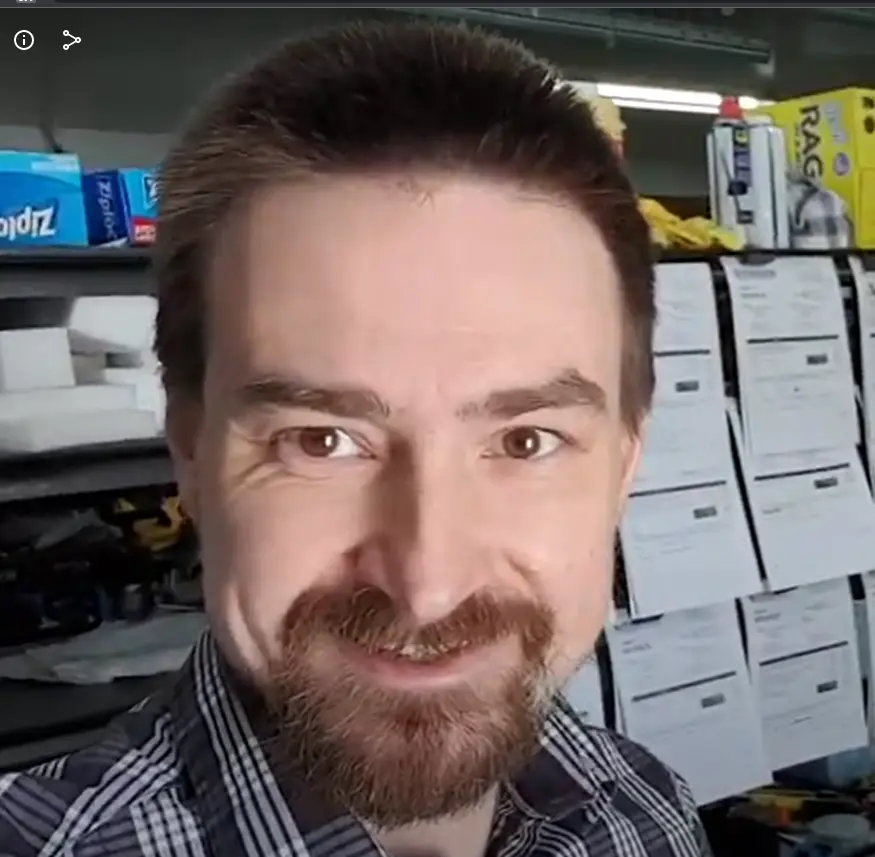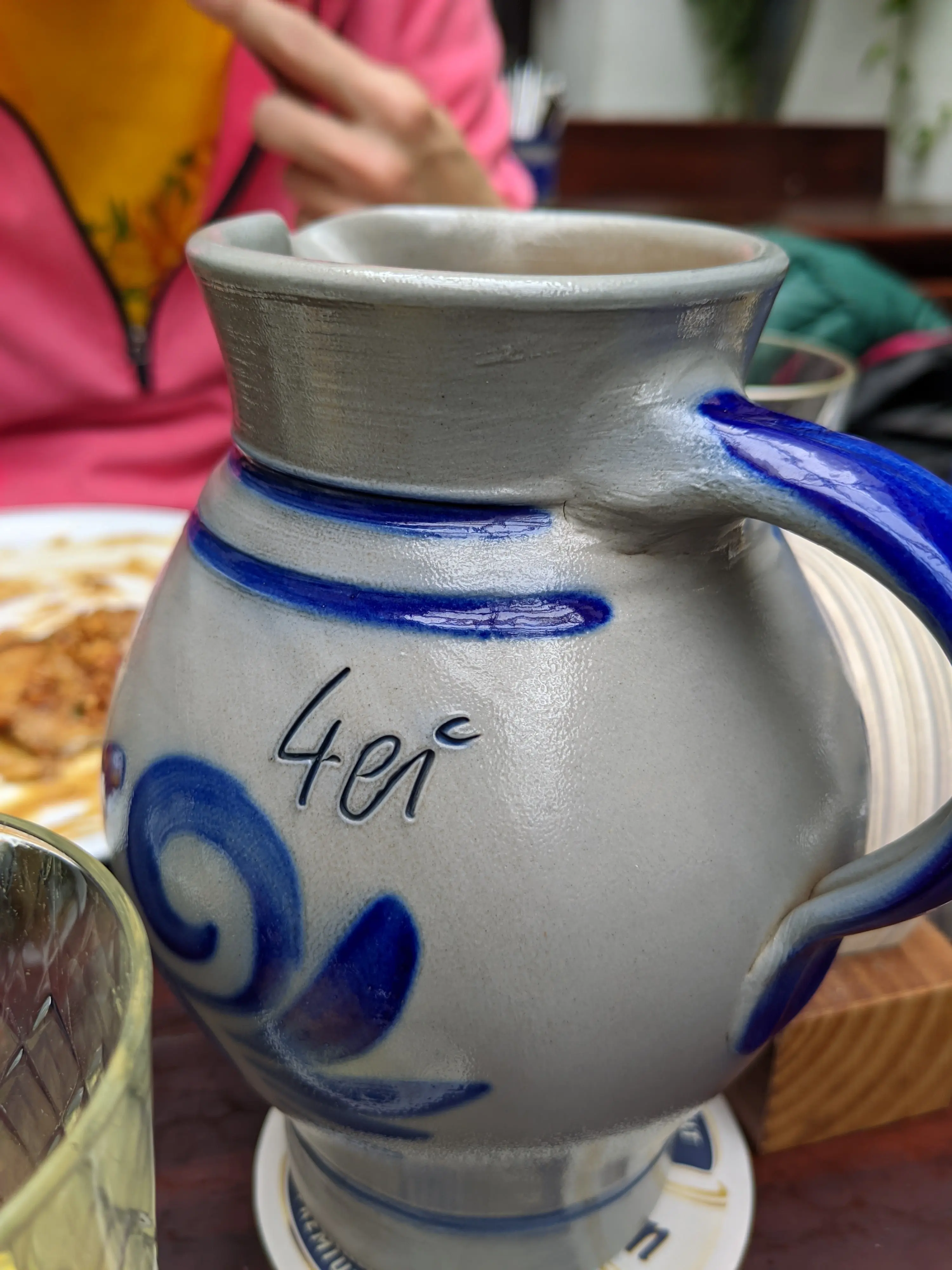Obviously, I’ve heard of table salt (NaCl), but I’ve also heard of others substances being called salts. What do they mean by something being a salt?
There’s the regular Clorox bleach that we use with whites, but then there is non-chlorine bleach. What is a bleach?
Salt is any ionic compound. Usually only compounds that are solid at room temperature, but most ionic compounds already are.
Bleach is anything that chemically destroys pigments to make things whiter. Normal bleach is sodium hypochlorite. Non-chlorine bleach could be anything.
Thank you!
It’s also worth noting that calling any ionic compound a salt is a little archaic as it’s simply confusing for no good reason. I teach chemistry at a college and while I make sure my students have heard this terminology, we mostly stick to calling them “ionic compounds” to avoid confusion
Tl;dr: Bleach is a salt with one of the ions being unstable. When that ion decomposes, the resulting oxygen and chlorine are disruptive to other chemistry.
Salts refer to the type of bond involved – ionic bonds. Typically a salt is a positive ion and a negative ion that just sort of stick together due to their charges. These bonds aren’t very close, and a salt molecule is easily dissolved in water. Once in water, the ions just sort of mix freely with the water molecules.
So here’s the thing. Household bleach is sodium hypochlorite, which is technically a salt. They just sell it already dissolved in water at the right strength. The sodium ions in it is identical to the sodium ions in table salt. But the hypochlorite is the key here. This ion is made of a single oxygen and a single chlorine bound to one another. The hypochlorite isn’t actually that stable (the solid form could be used as an explosive, actually), and in the presence of other molecules, tends to break down releasing oxygen and chlorine, neither of which are stable by themselves and will prefer to bond to something immediately. Both oxygen and chlorine are strongly electronegative and will bind fast and hard to other organic materials in such a way that they disrupt those materials. After the materials are disrupted, they tend to dissolve easier in water for removal.
Tangent: most household bleach has a significant amount of sodium chloride in it, as a byproduct of the manufacturing process. And it isn’t worth it to purify the sodium chloride out of it so they just leave it in there.
It sounds like bleach is like a chemically activated supercharged soap. Soap doing similar things in helping water bond to foreign material to carry them away.
Soap does it differently, allowing non polar molecules (like oils) to be dissolved in water by acting as a bridge between the two. It usually doesn’t actually modify the compounds. Just acts as an adapter.
Bleach has more in common with acid based cleaners in the chemical disruption sense.
Just don’t mix bleach and acids or you might actually die.
Ooh, I think I’m getting it!
When salt dissolves in water, is it because the elements of the molecule split so that sodium and chlorine are freely flowing in water themselves? Or is it because salt molecules are more attracted to water molecules than other salt molecules? If it’s the former, would adding another ionic element to the water change the salt to something else? If it’s the latter, why are they more attracted to other water molecules?
So here’s the thing. Household bleach is sodium hypochlorite, which is technically a salt. They just sell it already dissolved in water at the right strength.
What‽ That just 🤯
Is household bleach a double ionic molecule because the oxygen and chlorine have an ionic bond, then that molecule has an ionic bond with sodium?
When salts dissolve in water, the resulting ions are surrounded by layer of water molecules known as a “solvation shell”. Water molecules are polar, so they are attracted to ions for the same reason ions attract each other. Dissolved ions can travel through water freely but will remain surrounded by the solvation shell until something else binds to the ion.
So it’s fair to say that a dissolved ion is more attracted to water molecules than to salt molecules. When a salt precipitates, the opposite is true.
Finally, a mixture of dissolved salts has the properties of its ions but no “memory” of the original salts. In other words, if you mix a solution of NaCl with a solution of KNO3, the result is the same as mixing solutions of NaNO3 and KCl.
EDIT
Bonus trivia: solvation shells are critical to how your neurons and muscle cells send electrical signals. Cellular electrical currents are carried by ions, including Na+ and K+. Cells need to distinguish those ions. How? The K+ solvation shell is larger than that of Na+. So cells conduct Na+ with pores that allow Na+ through but are too small for K+.
But what about selectively conducting K+? For that, the ion enters a ring that is the same size as the K+ solvation shell. The ring simultaneously grabs and rips off all the water molecules, so the K+ ion can pass through a tiny pore without its solvation shell. The Na+ solvation shell is too small for the ring, so the solvation shell cannot be grabbed and ripped off. Thus the Na+ ion cannot get through the tiny pore.
First question first. The ions in the salt dissociate with one another and more or less freely flow in the water.
Second, as far as I know, the hypochlorite ion has a covalent bond holding it together. It’s just not a very stable bond.
Others have already answered “what is a salt?” fairly extensively, so I’ll just add that one of the most common non-chlorine bleach is an aqueous solution of hydrogen peroxide (H2O2), usually in the 3% to 10% range.
A salt is the result of two chemicals mixing with different ionic charges.
Bleach is a term for any product chemical or otherwise that will “whiten” something colored like cloth or hair. Chlorine is one of the chemicals that has that property but not the only
Thank you!
Others have already explained what a salt is. As you may know, there are lots of different salts, but what do they taste like? This video answers that question.
lol! But even if I did google it, my brain is not working at capacity, so I need some layman descriptions.
https://simple.wikipedia.org/wiki/Bleach
https://simple.wikipedia.org/wiki/Salt
The simple English Wikipedia is great for certain things. I often use it for math articles, because the regular one jumps right into formulas and assumes you know stuff like Fourier transforms.
Thanks! Ok, so a bleach is a chemical that removes colors from materials, often making them white. A salt is any substance whose molecules are held by ionic bonds. Is that correct?
He can also ask in a discussion forum.
Go back and check the links.
I enjoyed the trip down memory lane with the biographical details of Salt, the hip hop musician.
I see what you did there, and appreciate it :)








